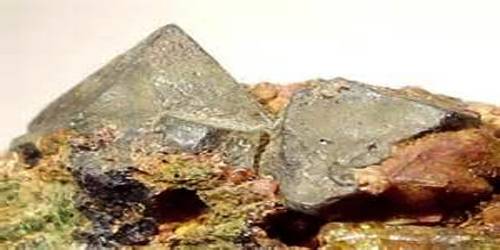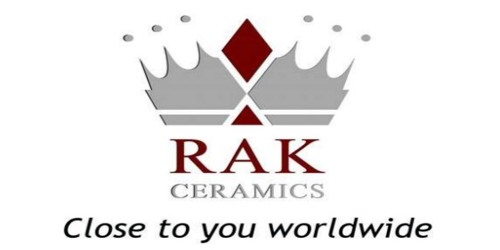Botallackite, chemical formula Cu2(OH)3Cl is a secondary copper mineral, named for its type locality at the Botallack mine, St Just in Penwith, Cornwall. It was named for the Botallack mine where the mineral finds its type locality in Wheal Cock in the St. Just district of Cornwall, England. It is polymorphous with atacamite, paratacamite, and clinoatacamite.
Botallackite crystallizes in the monoclinic crystal system. It is mountain-green to green in color, with one distinct to good cleavage.
General Information
- Category: Halide minerals
- Formula: Cu2(OH)3Cl
- Crystal system: Monoclinic
- Crystal class: Prismatic (2/m) (same H-M symbol).

Properties
- Colour: Shades of green
- Crystal habit: Platy interlaced crystal crusts
- Cleavage: {100} Perfect
- Mohs scale hardness: Soft
- Diaphaneity: Transparent to translucent
- Specific gravity: 3.6
Discovery and occurrence
It was first described in 1865 as an occurrence in the Botallack mine, Cornwall, England, and named for the type locality. It can be found in copper-bearing deposits with high chlorine concentrations or have been exposed to seawater, as a reaction product of slag in seawater, and a weathering product of sulfides in black smoker deposits. Botallackite is found in association with atacamite, paratacamite, gypsum, brochantite, and connellite.
Botallackite forms in copper deposits exposed to weathering and salt water. It is reported from black smoker deposits due to the reaction of primary sulfide minerals with seawater. It also occurs on copper bearing slag exposed to seawater. Minerals associated with botallackite include atacamite, paratacamite, brochantite, connellite, and gypsum.
Information Source:
















